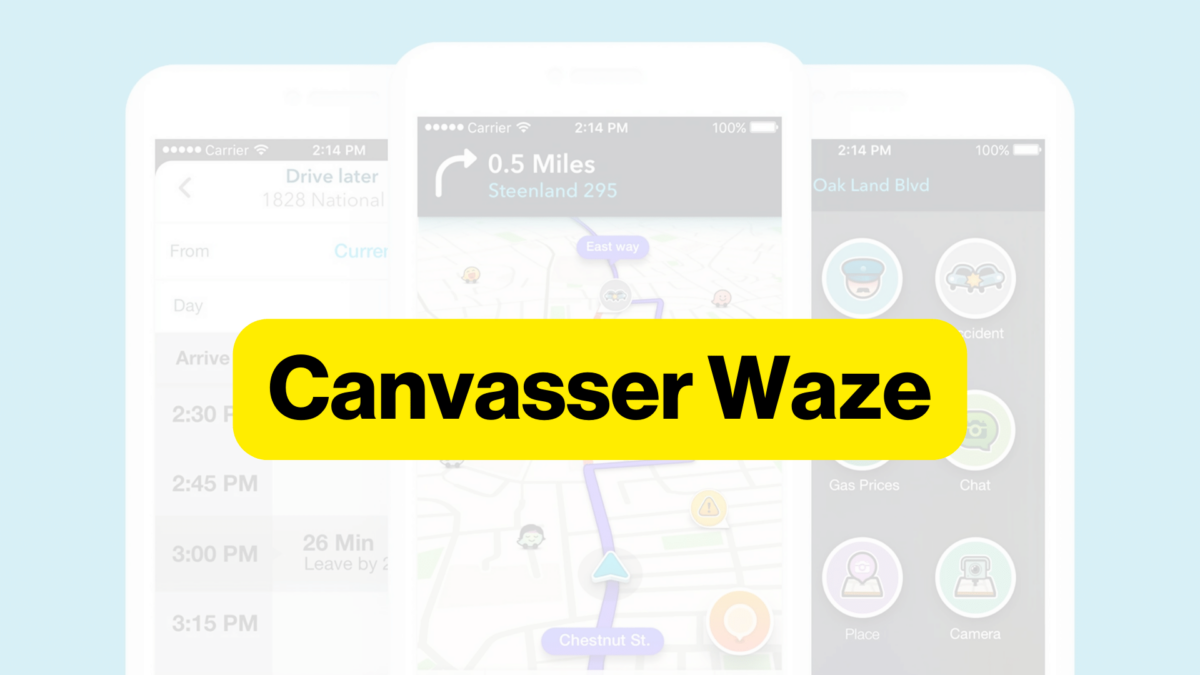Canvasser Waze: Ensuring Safe Canvassing for Effective Voter Outreach

The “Canvasser Waze” project, funded by the Center for Artistic Activism as a 4x4x4 experiment, set out with a vital mission: to create a safer environment for canvassers engaging in voter outreach. The project ran for four weeks starting in April 2024.
Our goal was to develop a tool that would help local organizers report safety concerns, allowing canvassers to operate without fear or threat. Here’s a detailed recap of our journey and what we learned along the way.
The Experiment
We aimed to test whether a crowdsourced map could assist canvassers in assessing the safety of the areas they canvass. This involved sending canvassers to various locations to gather data and engage with local businesses about becoming designated “safe spaces.”
What Happened?
Our canvassers ventured into multiple regions:
- North Carolina: Engaged with businesses to mark them as “safe spaces” on our map.
- Georgia and Mississippi: Collected and entered notes on neighborhoods they canvassed.
Key Learnings
Throughout this experiment, we identified four primary insights:
- Safety Concerns: Business owners in South Carolina, particularly those associated with voting and pro-democracy efforts, expressed significant safety concerns for their employees and customers, especially during election years.
- Mobile Accessibility: A desktop map is not practical for canvassers using mobile devices in the field.
- System Integration: It’s crucial to consider how this tool can be integrated into existing canvasser systems.
- Data Collection Hesitation: While canvassers were enthusiastic about the concept, they were hesitant about the data collection process.
Unexpected Discoveries
Several surprises emerged during our project:
- Learning Curve: Even tech-savvy canvassers experienced a learning curve with Google Maps.
- Data Entry Resistance: There was a significant resistance to entering data in real-time.
- Opportunities and Partnerships: The project unexpectedly opened numerous opportunities and partnerships for our team.
- “Green Book for Canvassers”: The effort was dubbed “The Green Book for Canvassers,” highlighting the demand for safety information.
Future Applications
These lessons will significantly influence our future work and can offer guidance to others:
- User Interface: We need to develop a user-friendly interface that canvassers will readily use, similar to GPS systems.
- VAN Tagging: The project has prompted us to think about expanding how we tag voter contact in VAN to characterize neighborhoods better.
- Supporting Businesses: With businesses expressing safety concerns, we need to provide resources to help them feel more secure as public-facing safe spaces for canvassers.
Project Statistics
Team Composition:
- Total Team Members: 18
- Maria Javier: Chief Information Officer, Public Wise
- Jeanine Abrams McLean: President, Fair Count
- Cate Mayer: Founder, BeTheOnes
- Fair Count: 4 canvassers + Organizing Director (identified turf and trained)
- Be the Ones: 8 canvassers + 2 Managers
Actions/Events:
- Total Events: 6
- 2 rounds of canvassing businesses in South Carolina
- 2 rounds of canvassing 50 houses each in Georgia
- 2 rounds of canvassing 50 houses each in Mississippi
Reach:
- Households Reached: 200
- Businesses Reached: 35
Conclusion
The “Canvasser Waze” project was a groundbreaking initiative that not only highlighted critical safety issues but also paved the way for innovative solutions in voter outreach. By learning from our experiences and integrating these insights, we can enhance the safety and effectiveness of canvassers, ensuring their vital work continues unabated.